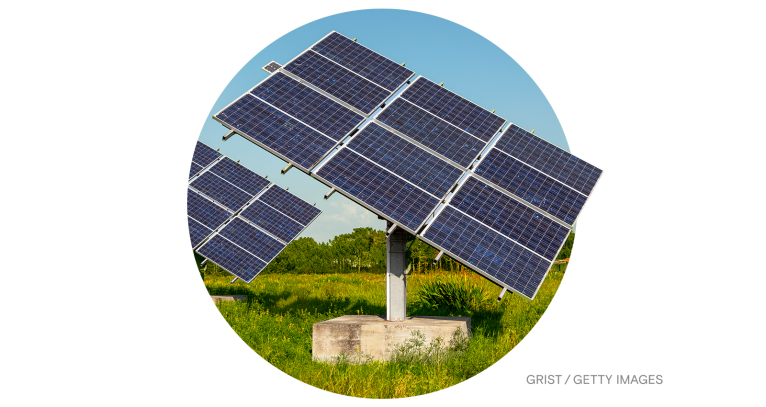It’s Thursday, January 12, and the Australian government wants to crack down on big polluters.
Australia’s center-left Labor government released a plan on Tuesday to slash greenhouse gas emissions from the country’s largest industrial facilities, responsible for 28 percent of the country’s climate pollution.
Under the plan, 215 of Australia’s largest oil and gas operations, steelmakers, cement manufacturers, and other polluters would be required to reduce their combined annual greenhouse gas emissions by 30 percent by the end of the decade. The block of facilities would have to limit its carbon pollution to 100 million metric tons or less per year. To get there, each facility covered by the policy would be assigned an annual cap for emissions intensity — the amount of climate pollution per unit of production — with each subsequent cap shrinking by 4.9 percent.
The plan is Prime Minister Anthony Albanese’s update to Australia’s “safeguard mechanism,” a policy that has been in place since 2016 but has failed to reduce industrial climate pollution — in part because emissions caps were set too high. The reforms are expected to strengthen the policy, help Australia reach legally binding targets to cut emissions 43 percent below 2005 levels by 2030, and reach net-zero emissions by mid-century.
The new plan would allow facilities to trade emissions credits with each other and offer an initial AU$600 million ($415 million) of decarbonization assistance to facilities that could be undercut by overseas competitors that aren’t subject to stringent environmental controls.
Environmental advocates have welcomed the latest plan despite sharp criticism of a provision allowing covered facilities to purchase an unlimited quantity of carbon offsets from the government instead of actually cutting emissions. A recent review of Australia’s offsets system raised serious doubts about its legitimacy, and a U.N. expert panel last year warned that offsets could represent “greenwashing” at the expense of more meaningful emissions cuts.
The offsetting provision “will simply incentivize Australia’s heavy industry to engage in tricky carbon accounting to cover up pollution as usual instead of investing in genuine transformation,” Jennifer Rayner, head of advocacy at the Australian nonprofit Climate Council, said in a statement.
In the news
‘Wave of crises’ threaten climate action and social stability
Laurie Goering, Context
➤ Read more
Oceans surged to another record-high temperature in 2022
Chris Mooney and Brady Dennis, The Washington Post
➤ Read more
World’s dams to lose a quarter of storage capacity by 2050 — UN research
David Stanway, Reuters
➤ Read more
UAE to launch COP28 presidency with oil boss tipped for leading role
Fiona Harvey, The Guardian
➤ Read more
Oil companies sue Los Angeles over ban on oil and gas drilling
Emma Newburger, CNBC
➤ Read more
To get off fossil fuels, America is going to need a lot more electricians
Emily Pontecorvo, Grist
➤ Read more
When it comes to salmon, has the Pacific reached its limits?
Miranda Weiss, bioGraphic and Food and Environment Reporting Network
➤ Read more

